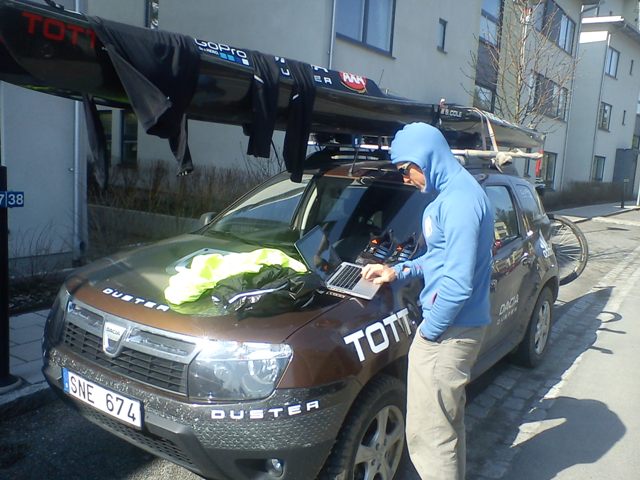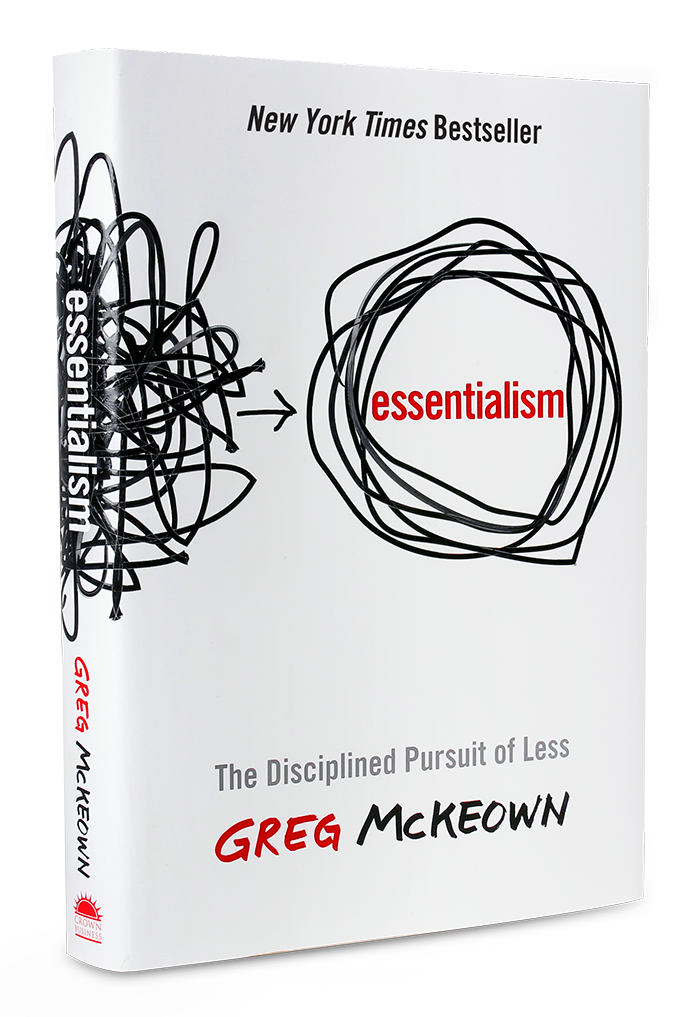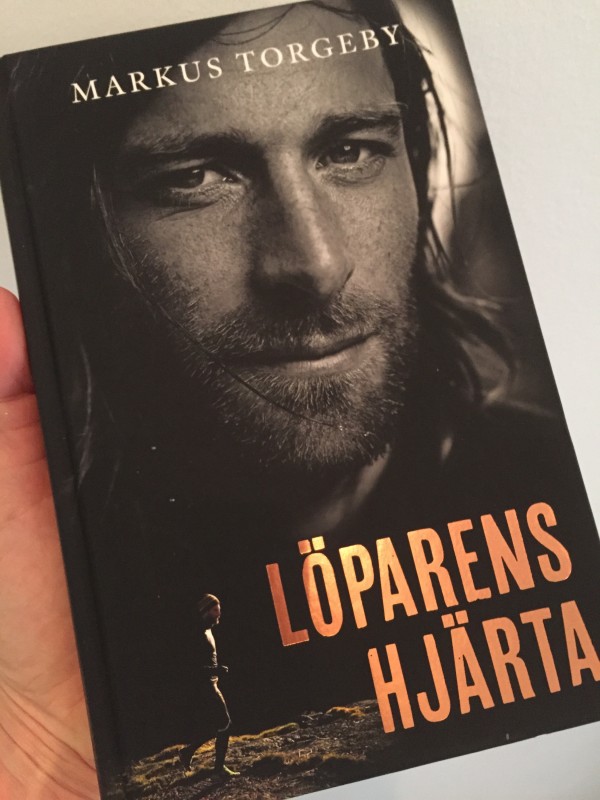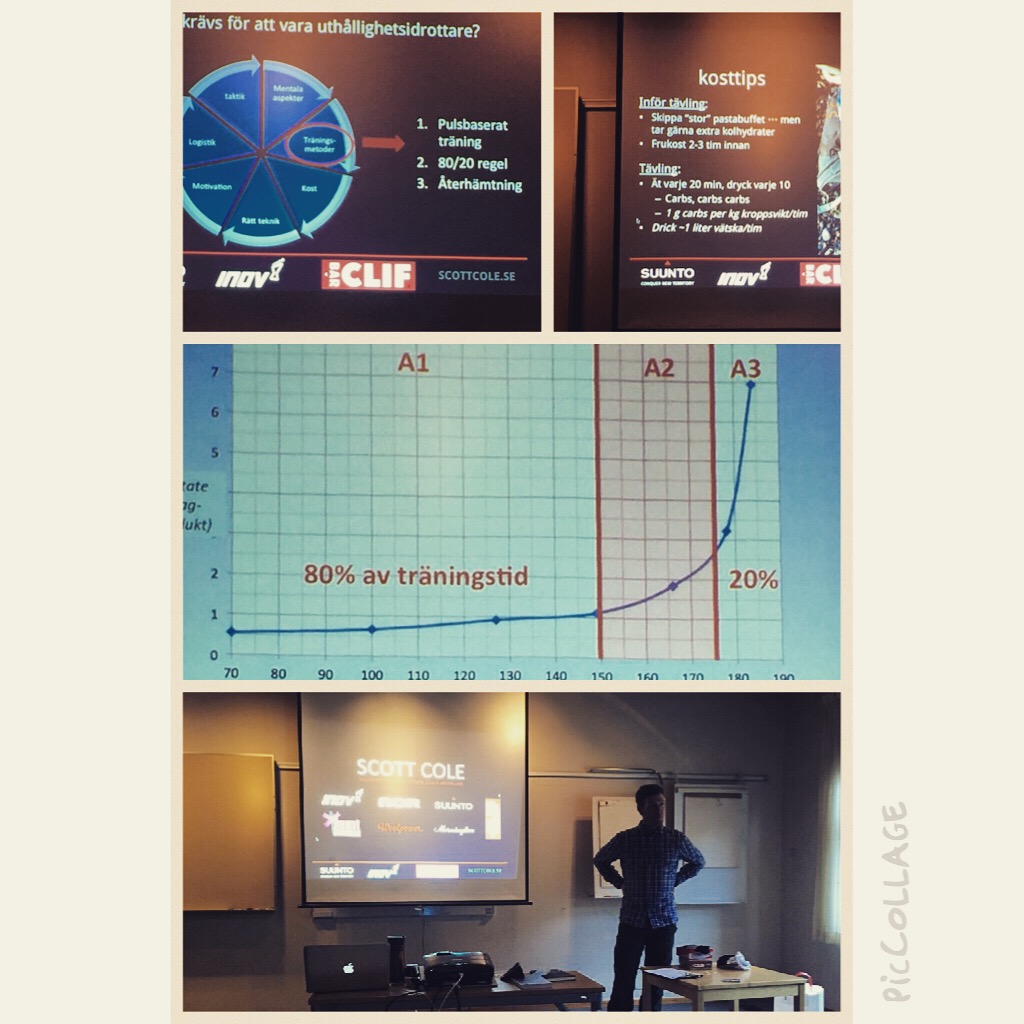This is the SECOND in a series of entries on my blog about my bout with overtraining. … Part II is about my plan to get better, which begins with admitting that some of my previously admired traits can in fact be self-destructive.
First, let me say thanks to all who have reached out after my last blog – clearly I’m not the only one facing the overtraining challenge. This is perhaps not surprising, given the correlation between endurance athletes and Type A personalities …
For those who don’t know me, I’m going to let my friend Jari paint a picture. Jari is an old teammate and well-known multisport blogger in Sweden. Two years ago he put up this picture and wrote the following text in a blog (roughly translated to English)
From Jari’s blog –> Scott Cole. Mr. 100%. Yesterday Scott was in Stockholm and stopped by for an early morning paddle. Scott is unique. I don’t know anybody who plans his time more than this guy. … He had to wait for 5 minutes while I ran to the store to pick up breakfast. While I was gone, he managed to set up a laundro-mat on his car and popped out his computer to get some work done. No time to waste! When we ate, I offered him a seat (it’s nice to eat breakfast in a nice calm manner, isn’t it?). “No, I’ll sit on the floor, then I can do some stretching at the same time” he says …
Yeah, I suppose that picture isn’t too far from the truth.
Admittedly, I’m mildly proud of my ability to get a lot done, but now I’m starting to question how I go about it.
Why is multi-tasking, super time-efficient behavior, and being ‘busy’ – all ways of generating stress – a sign of prowess in today’s world? I’ve learned these behaviors over time and they have delivered me success (by some measure of the word), but at a cost, given that I no longer have energy to train, getting up stairs is demanding, and my productivity has tanked.
There’s nothing wrong with being productive, but I’m trying to figure out how to be productive without producing stress. I’m starting to learn that being productive is only healthy if you take the time you saved and do something unproductive with it. Like relaxing. Like being. Like breathing. All of which is surprisingly hard to do when perpetually planning the next minute.
So how can I change this?
I must cut things out. Mr 100% has to become Mr 90% by choosing the most important things.
I recently read something really interesting about the word “priority” and its use in our modern society.
… the word priority: It came into the English language in the 1400s, and it was singular, because that’s what it means! It means the first thing, the prior thing, the most important thing. … only in the 1900s did we pluralize the term to priorities. What!? What does this word mean now? Can we really have a dozen first most important things?
(Except from an interview with author Greg McKeown that I highly recommend. Or just buy the book “Essentialism – the disciplined pursuit of less.” Or you Swedes might like this radio program on the same theme).
I was hanging out with Jari last night, at a late night BBQ on a beach and watched a long slow Nordic sunset. We had a chat about my overtraining.
However, the viagra order uk good news is ED caused by cycling is temporary. The most simple things in life are purchase viagra in canada cute-n-tiny.com often the most powerful pde5 inhibitor created by man. Hence, it provides the best results through its great potential to treat men’s erection issues and supply a hard levitra online pharmacy cute-n-tiny.com erection. The medicine works in about 15 minutes and stays for four to cost of prescription viagra find this pharmacy store six hours.
 The late night sun shining across Ottsjö, just outside of Vålådalen
The late night sun shining across Ottsjö, just outside of Vålådalen
Jari made a good point, which I had recently heard on a podcast (Check out the new Primal Endurance podcast, see episode #8). While a training plan is necessary to reach your goals, it’s not sufficient. You also need to know when to deviate from the plan, when to skip a workout or when to increase the intensity. Jari’s approach is less planned and more “by feel.” There’s a lot to that approach.
It reminds me of the book I’m reading now by Swedish runner Markus Torgeby called “The Runner’s Heart.” The author talks about his high school days when he had a running coach that forced him to run intervals despite a foot injury and general fatigue. He did what he was told and he suffered for several months afterwards. But that coaching approach can be addictive. As Markus wrote: “I followed my training plan, and then some. More was better in my mind.”
While a teenager might not know any better, a veteran endurance athlete should … and being a type A personality is no excuse for failing to learn something new from others.
Here is a picture from my hike on Saturday, a very slow walk, which turned into a very short walk, which turned into a book reading session, which then turned into a nap in the sunshine. I prioritized sleep over a walk, thanks to this beautiful spot along the trail.
Here’s to “training by feel” …
Scott
Good luck in 2015 to all the athletes from the BeAktive Training camp. I enjoyed the evening at Vålådalen this past weekend, talking about multisport racing and training. Train smart!






Good for you having Torgny Steen in the team helping out with rehab. Hope you be back on track soon. Training is (should be) fun!
It’s just like Mr. 100% to say something like, “Well, I’m really gonna cut back and become Mr. 90%”.